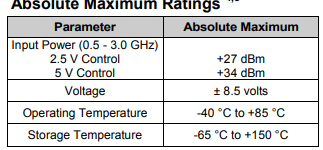anil.yilmaz.post@outlook.
Newbie

Hi all,
I want to have a rf bidirectional duplexer like in the figure below

Can I use regular SPDT rf switch for this ? I want to use MikroElektronika RF Switch which includes MASWSS0115 IC. The datasheet of the MASWSS0115 is below.
I want to have a rf bidirectional duplexer like in the figure below

Can I use regular SPDT rf switch for this ? I want to use MikroElektronika RF Switch which includes MASWSS0115 IC. The datasheet of the MASWSS0115 is below.


